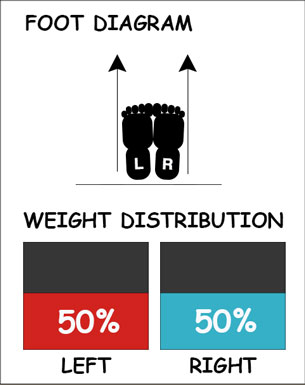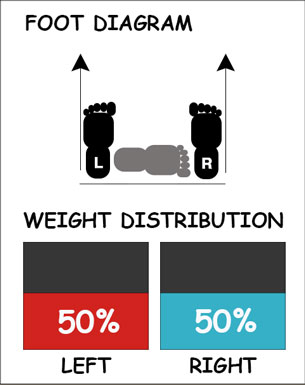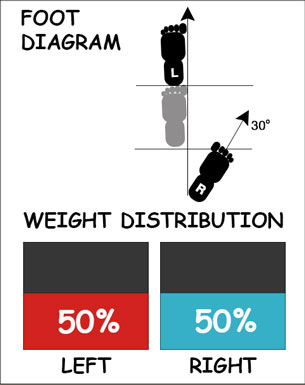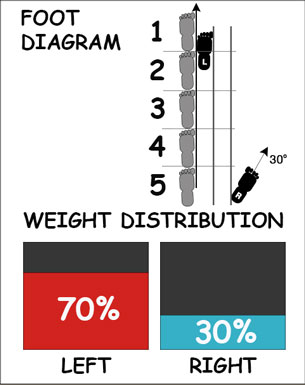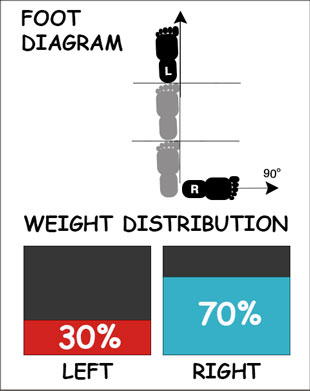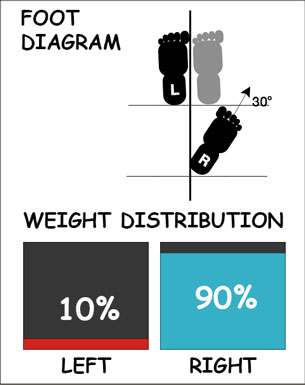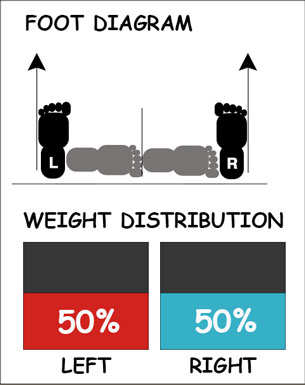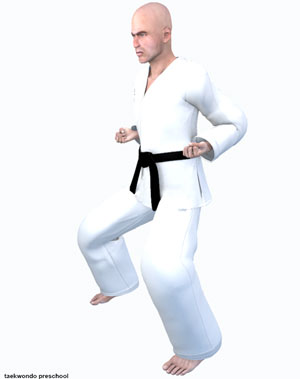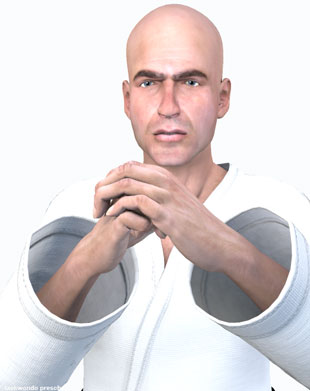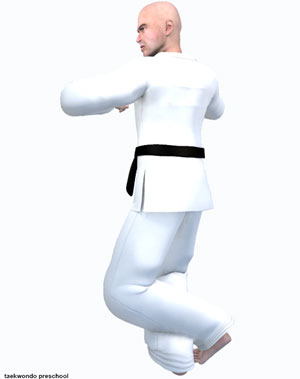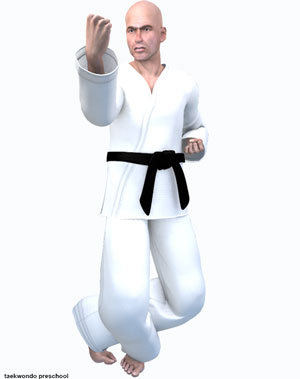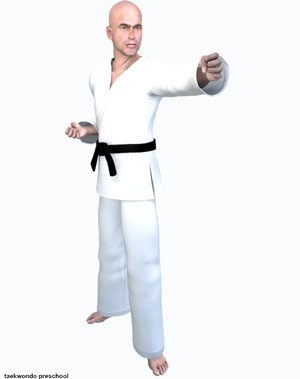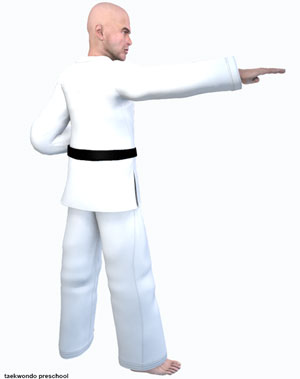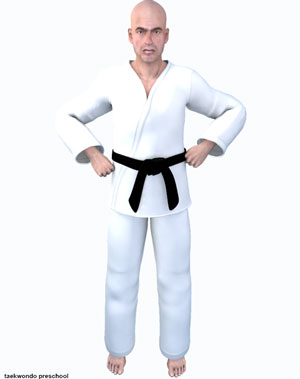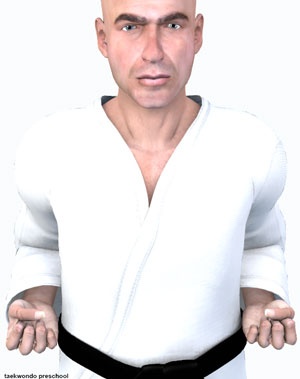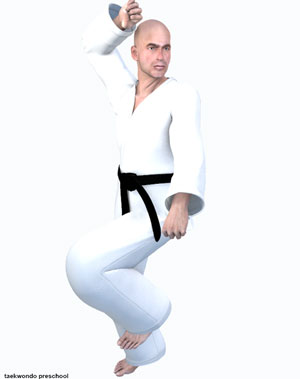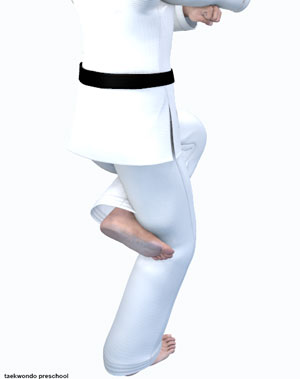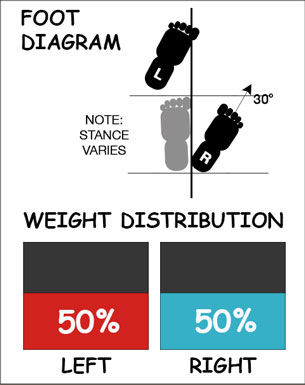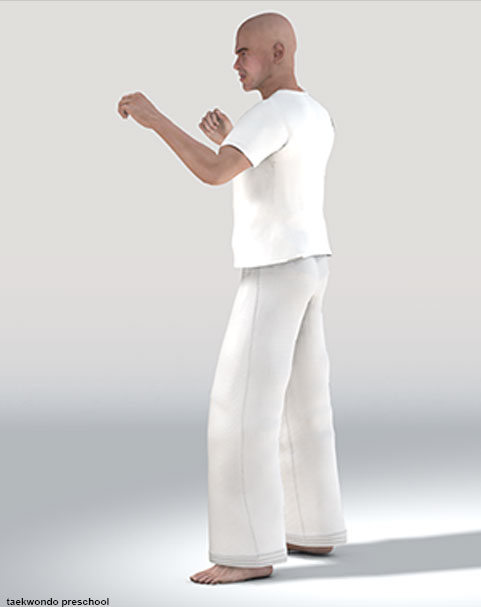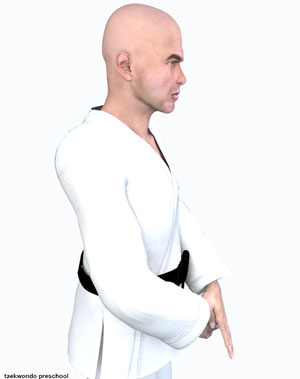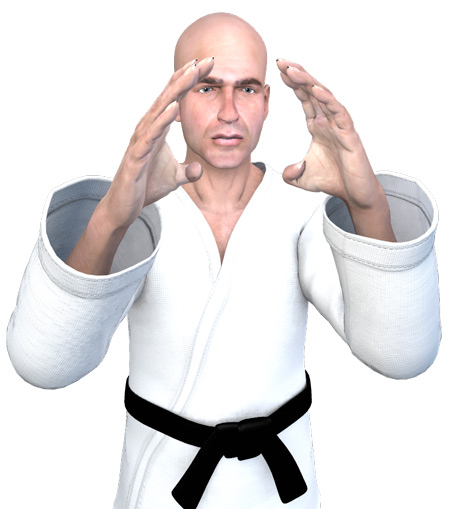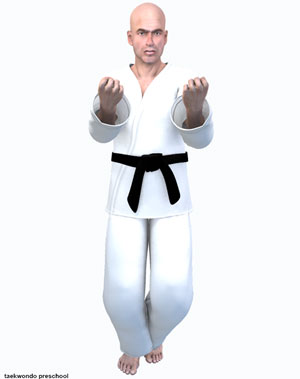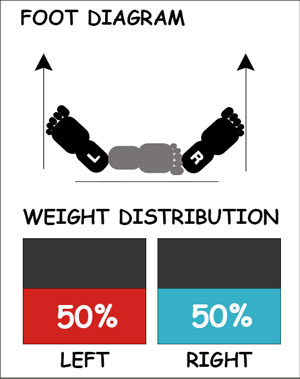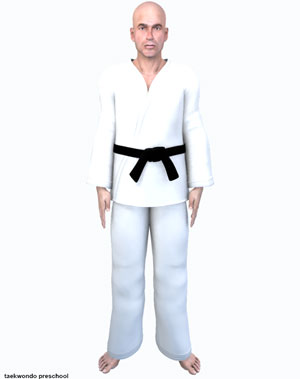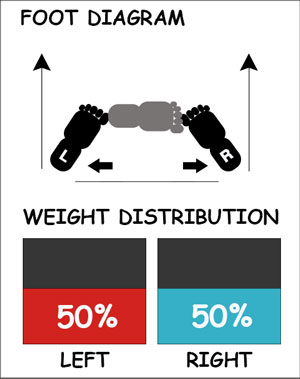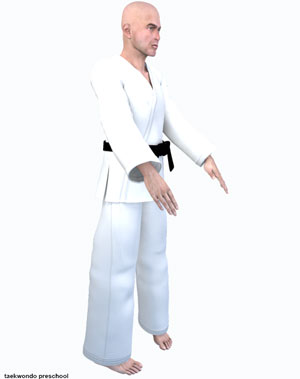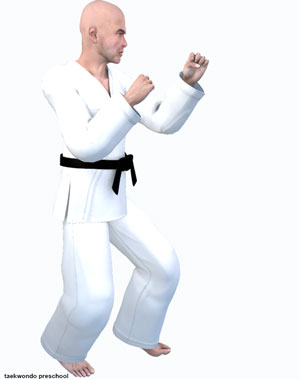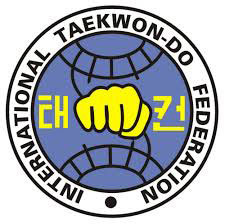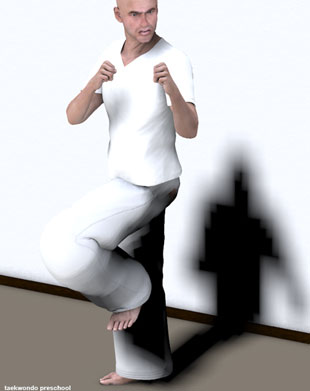Taekwondo 태권도Taekwondo Preschool
When you reach senior belt you are expected to guide the junior belts when they are beginning Taekwondo such as showing by example. To advance from one rank to the next, students typically complete promotion tests in which they demonstrate their proficiency in the various aspects of the art before a panel of judges or their teacher. View Taekwondo belt levels »
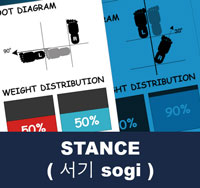
Stance
( 서기 sogi )
Physically, taekwondo develops strength, speed, balance, flexibility, and stamina. The Korean martial arts has several stances (서기 sogi ) used for different activities. Practitioners must have their body weight correctly distributed during each different stance and during footwork. Each technique must be correctly aligned.
The Korean martial arts has several stances ( 서기 sogi ) used for different activities. Although there are strong similarities in stances throughout taekwondo schools, individual instructors often have their own preferred style. These stances are most commonly seen in taekwondo forms, and are critical for balance, precision, and good technique in the martial art.
ATTENTION STANCE
( 차렷 charyeot )
Difficulty Level: Beginner Tutorial Available
Attention is a stance ( 서기 sogi ) where your body is in an upright standing position with the legs side by side, heels touching, toes facing straight forward. Your hands should be parallel with your body, to the side. From this stance instructors explain what will be taught during the class session and/or if they want your attention they say charyeot ( 차렷 ), meaning you stop whatever you are doing and get into the stance awaiting further instructions. This is the stance ( 서기 sogi ) that all bows come from. Read more »
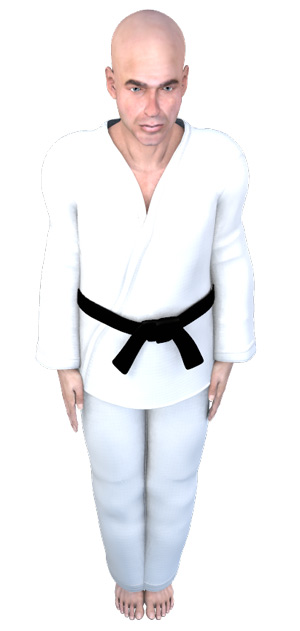
READY STANCE
( 기본준비 junbi )
Difficulty Level: Beginner Tutorial Available
Ready Stance ( 기본준비 junbi ) refers to the most common ready position used in taekwondo training. Ready Stance is performed by standing with the feet one foot-length from origin apart, measured from the inside edge or namely the Reverse Foot Blade ( 발날등 balnaldeung ) of the feet. The arms are slightly bent and the fists held tightly about one fist size apart just below the belly button and the fists should be a fist size away from the body. Read more »
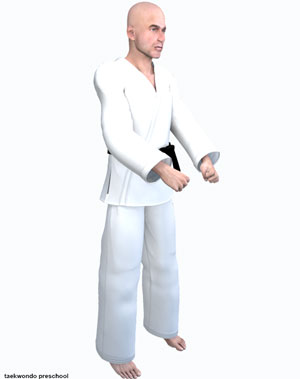
WALKING STANCE
( 앞서기 ap-sogi )
Difficulty Level: Beginner Tutorial Available
The beginner stance ( 서기 sogi ) is used to approach or retreat in combat and poomse. Feet should be maintained 3 foot-length from origin. To maintain a solid base, the front foot is facing straight forward and the back foot is 30 degrees to aid balance. Both legs are straight and the inside edge or namely the Reverse Foot Blade ( 발날등 balnaldeung ) of both feet should be on a straight line. The body is turned 45 degrees to the natural angle and the weight is evenly distributed on both legs. Read more »

FRONT STANCE
( 앞굽이 ap-kubi )
Difficulty Level: Beginner Tutorial Available
Front Stance ( 앞굽이 ap-kubi ) is a precursor of the fighting stance ( 겨루기준비 gyeorugi-junbi ) according to some authors. Body should be relaxed in this stance ( 서기 sogi ). From the attention stance ( 차렷 charyeot ) with feet together, one foot is placed straight ahead of the other. Depending on the martial art and style, some instructors teach to step sideways slightly when moving forward. Read more »

BACK STANCE
( 뒷굽이 dwi-kubi )
Difficulty Level: Intermediate Tutorial Available
This stance ( 서기 sogi ) is specifically focused on shifting weight to the back leg, as it offers much more control, and makes it easier to kick off the front leg. To perform this stance ( 서기 sogi ), the body faces to the side, with the front foot facing forward and the front leg bent. The back leg is bent slightly and the foot is turned outwards perpendicular to the front foot making the letter "L" for this stance ( 서기 sogi ). Read more »
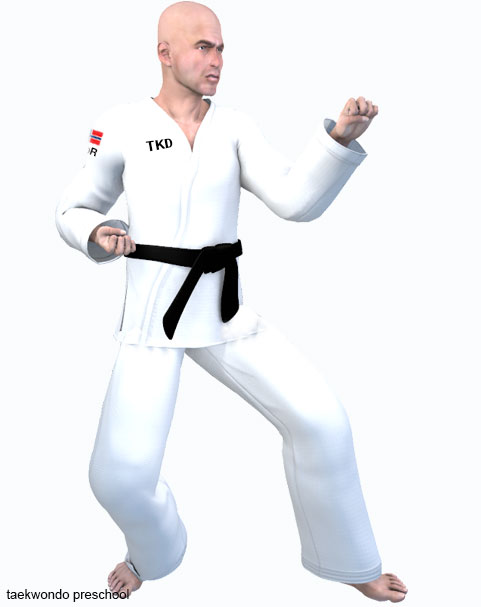
CAT OR TIGER STANCE
( 범서기 beom-sogi )
Difficulty Level: Intermediate Tutorial Available
Stand with your front foot facing forwards and the back foot turned 30 degrees to the side, keep the feet quite close together. The knees should not spread apart. Shift most of your weight to the back foot around 90%, so the front foot is 10% and only for balance aid. Read more »
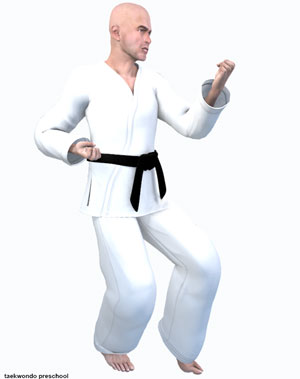
There are five tenets defined in the International Taekwondo Federation (ITF) and several more in World Taekwondo (WT).
Courtesy ( 예의 ye-ui ): "Showing courtesy to all, respecting others, having manners as well as maintaining the appropriate etiquette at all times, both within and outside the dojang (도장) (designated training area)." View Taekwondo Tenets »
RESOURCES
This article uses material from the Wikipedia article "Taekwondo Stances", which is released under the Creative Commons Attribution-Share-Alike License 3.0.


